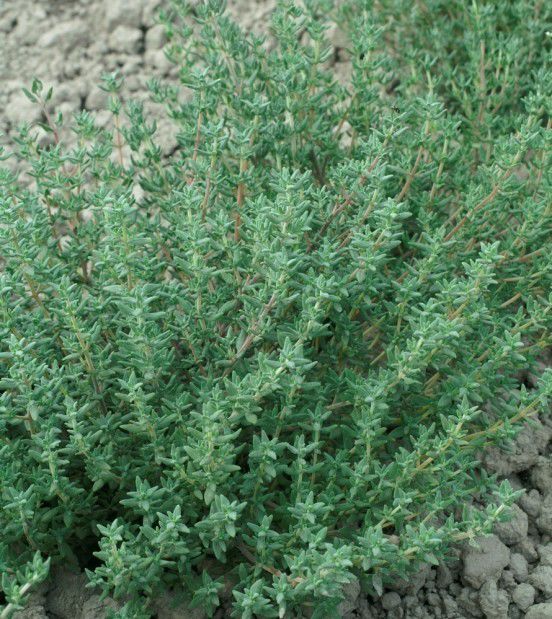

Wild lilac ( Ceanothus thyrsiflorus): Several species are available based on desired height. Sticky Cinquefoil ( Potentilla glandulosa) Red osier dogwood ( Cornus sericea, warf version is ‘Kelseyi’) occidentalis): Be careful as there are many weedy cultivars of yarrow.

Western Yarrow ( Achillea millifolia var. Milkweeds ( Ascelpias spp., such as butterfly, common, or western) Sage ( Salvia spp., such as hot lips, red, and so on): Be careful that species selected are not weedy. Lavender ( Lavandula spp.): These may attract a lot of bees. Annual vines, such as Scarlet Bean ( Phaseolus coccineus) and lemon cucumber grow very fast and have flowers/fruits/beans to use as part of the curriculum.īee balm ( Monarda spp.): There are a lot of colors and varieties available. Perennial and evergreen vines such as clematis, jasmine and honeysuckle are great for more permanent locations. Screen structures can be used, such as wire mesh frames, with vines. It is also fun to play under and between! Sky pencil holly ( Ilex crenata) - This is good for short screens.ĭwarf English laurel ( Prunus laurocerasus ‘Otto Luyken’) - This is good for short screens.ĭwarf blue leaf arctic willow ( Salix purpurea 'Nana') - This will is best for wetter sites and can tolerate poor soils. Smaller containers can be set on movable platforms with lockable caster wheels. Larger species are going to need more root growth space, so plan on larger planters, such as concrete boxes, large metal troughs, and other containers that can be placed and not need to be moved. These plants are typically found in local nurseries. Plant these in beds, berms, or large containers. These are good plants for dividing spaces or screening the street. Remember, the goals for planting: “The right plant for the right space reduces maintenance.” They can also provide much needed shade, colors and beautiful relaxing settings. Try to diversify plantings where possible to add visual interest, different plants for students to explore and attraction for a wide range of desired wildlife (including birds, butterflies and beneficial insects). Many of the plants listed here support curriculum goals by providing key native habitat (ecosystems & animals in their habitat, environmental science, wildlife biology, etc.), different shape leaves/flowers, colors and more. Also, make sure the plants are compatible for shade, sun, and soil preference, as well as water and specific nutrient requirements, and other needs.

Where possible, identify a plant palette that replicates the plant palette for the specific site (evergreen forest, oak habitat, open plain, riparian corridor, wetland, and so on) This list is generic, therefore double check them for your specific eco-region. Many locations enjoy forests with large trees and some intact ecosystems. We can have hot summers and cold winters with rain or snow. Months with an asterisk (*) indicate that it’s best to start seeds indoors during this time for later transplanting outdoors.The Pacific Northwest has a wide range of climate and weather conditions from high desert, mountains, forests and coastal ecosystems. This simple tool will help you identify the window for starting vegetable seeds in your own Northwest garden.
#GROWING THYME IN PACIFIC NORTHWEST TRIAL#
Now, after many years of trial and error, we’ve put together our own Pacific NW Planting Calendar with a more comprehensive crop list and dates that are more specific to the Puget sound. During our first several years of growing in the Puget Sound, we consulted the Maritime Northwest Garden Guide for wisdom on the best first and last planting dates for our region. For example we plant beets every three weeks from March through July and arugula every week from March through mid-Sept. Also, it’s often best to plant single harvest crops like radishes, head lettuce or carrots several times per growing season, or in many ‘successions.’ Succession planting requires a bit or extra planning, but can result in a prolonged harvest period for you favorite crops. For example, while we advise seeding tomatoes in mid-march or early april, you can plant much earlier if you have a heated greenhouse into which they’ll be transplanted. The truth is that there is no perfect answer, as the best planting times depend on your soil temperature, microclimate, whether or not you’re using plastic cover or mulch, and when you hope to harvest your produce (to name a few variables). We get so many questions from gardeners about the best times for planting different vegetable seeds.


 0 kommentar(er)
0 kommentar(er)
